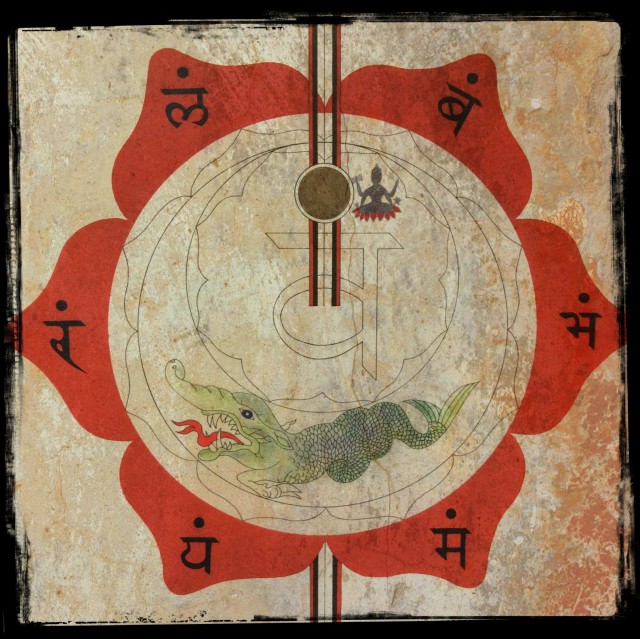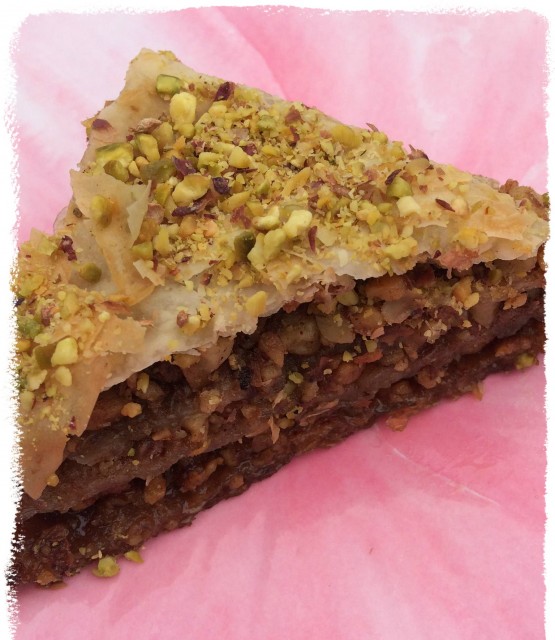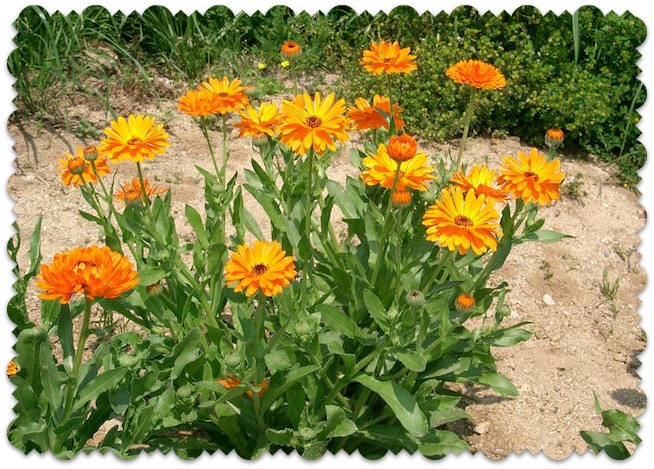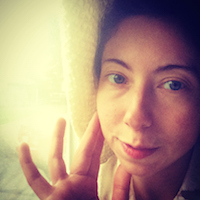
“The day came when the risk to remain tight in a bud was more painful than the risk it took to blossom.” ~ Anaïs Nin
“So, this laser technique could also work on chronic lateness? And maybe even on writer’s block?”
My question drew guffaws from all quarters, along with a dismissive opinion that I was not talking about a proper vice.
Coworkers were discussing smoking, vaping and quitting and the benefits and drawbacks of each. Someone brought up a laser technique he’d heard about that draws on the principles of acupuncture and is supposed to help with addictions of every stripe. Until then, my interest in the conversation had been merely technical, regarding this newfangled phenomenon which—I now know—converts glycerin into pleasure. Then the word “vice” came up—and I jumped. It wasn’t as the well-disciplined smoker who is known to enjoy a casual puff. I was thinking of my creative process and my difficulty in setting creative tasks that I complete in a streamlined way.
As I write these words, I am sitting at the handmade wooden desk in my sewing room, looking out onto a scene that fills my heart with gladness. It’s a circular and somewhat spiral-shaped garden, created from the rubble of an old shed.
The trees sway gently in the breeze. The daffodils and tulips have bloomed and gone, while forget-me-nots now dot the field. Calendula are coming up like wildfire and borage demurely unfolds its velvet head. Yesterday, an acquaintance gifted me a handful of spangly iris bulbs, while thanks to a recent seed savers’ exchange I now can sow my favourite shades of hollyhock, nasturtium, sweet pea, poppy, lupin, cosmos, daisy, snapdragon and sunflower.
Of course there’s also the vegetables I’ve planted, and the more challenging ones I am trying my hand at this year once the weather improves some more.
In the garden of my mind’s eye, could I be more at ease?
In reality, there’s still a lot to be done in order to transform this unloved area into the soul’s oasis I ‘see’ inside.

The plate from Kundalini Yoga for the West, depicting the symbolic second-chakra beast.
I’ve been designing and digging as I go, following the pathways of my intuition—and the how-to guides I devour on companion planting, attracting beneficial pollinators, and making the “just right” mix for organic, fertile soil.
Investing time and energy into my garden has coincided this year with the online apprenticeship program I’ve just finished with elephant journal. This is a hands-on course in social media, new media, journalism ethics, writing and editing, as well as anything and everything related to “the mindful life.”
In many ways, the internship has mirrored the process of creating my garden.
Neither has been linear and both have been charged with setbacks. Partly, the challenges were external to me: for instance, despite my best efforts and the soil’s relatively high basic quality, it still manages to remain pockmarked with construction debris that resurfaces in places I’m convinced I’ve already sifted with the most attentive of fingers. Meanwhile, Elephant Academy is a lively offshoot of a community of real, live humans which values authenticity at its core. This aspect can be its redemptive, saving grace, or its Achilles’ heel, depending on the day.
But mostly it’s that both opportunities have put me in touch with my most deeply-rooted and desperately familiar demon: procrastination. It’s the flip-side to my perfectionism. I have a tendency to want to map everything out into its finest detail before I take the first step.
As I’ve set the gears in motion for ever-greater personal change over the past nine years, I’ve continuously been seeking ways to defeat the paralyzing voices that tell me that whatever I say, think or do has been done before and isn’t worth expressing.
In the Kundalini System, at the level of the second chakra, lives a curious mythical beast known as the “Makara.” Half-alligator, half-fish, it’s associated with the element of water and the imagination. The beast is there when I must take a step into the unknown, find my own rhythm, and shape my dreams into reality. Doubt. Fear. Hesitation. They thrive in the yucky muddy muck where things don’t make 100% sense and where all fears seem interconnected. That intimate whisper, “What will they think of me?“
No matter who “they” is—to those who can hear that voice, “they” is real, and for some inchoate reason—“they” still matter.
Yet you are reading these words, which in itself is a little victory. Jaya, jaya, the world is more than stiffening fear! I am reminded of the opening words from A Course in Miracles:
“Nothing real can be threatened. Nothing unreal exists. Herein lies the peace of God.”
Five years ago, on finishing the in-depth personal growth program at Yasodhara Ashram called the “Yoga Development Course“, I ended with the intention to “make my intuition the foundation of my life.” Since then, my life has improved exponentially—although this certainly has meant making mistakes and occasionally walking away from situations which didn’t turn out to be a good fit.
Learning to recognize one’s intuition is challenging if we’ve been raised to complete tasks from A-to-Z with the focus of the typical North American go-getter. Becoming aware of the still, small voice inside—let alone acting on it—is a practice we can perfect all our lives.
This apprenticeship, and creating and tending my garden, have brought to the forefront of my awareness a renewed need for discernment. I can get on a roll with gardening—and ignore the other things I need to do, such as sleep, laundry, paying bills, dishes.
Then my hobbies and other creative pursuits come in, as well. I find it difficult to know, in the moment, how much time I ought to be devoting to each activity, and—like any good perfectionist—I get carried away.
This is the story behind the baklava in the title of this piece, and in the photo below, my first:

The author’s very own first homemade baklava was a success!
Right about the time I was hitting one of my walls with elephant, I was also contending with—and conquering—a Makara-esque inner voice asserting that “I’d never be able to make this.” Indeed, nothing about my New England origins bears any resemblance, that I can tell, to the cultural traditions where baklava, over the centuries, has blossomed—conditions I associate with strong community bonds, complex, intricate flavors, and a certain view of woman’s role which I find comforting. No doubt because it is so different to the expectations other people have had of me.
Making my own baklava was something I was drawn to as an essential aspect of my self-care. Imagine honey-drenched nuts between flaky layers of butter-infused phyllo, baked to crispy perfection. It may not be your thing—but whatever does satiate your need for comfort, I am fairly sure it’s empowering to know how to make it. Not only is this dessert ubiquitous in my hometown, I haven’t seen it yet here, and the do-it-yourselfer in me was excited by the possibility of making it myself.
I would like my article to come to some resounding conclusion about living intuitively, in balance, and about making choices that foster our aliveness. Not only is it hard to put into words—other than “go with your gut”—I’m also not yet clear on how, or even whether, I can use these amazing technologies without suffering burnout (stretch breaks are a must).
Indeed, my life with elephant has been resoundingly digital.
This is one of the glories of this internship: it’s about learning to communicate online through the thick and the thin, using the power of language—that highest of all human attainments, according to the yogic teachings.
For me, something very pleasurable happens inside my brain every time I choose to string a sentence together using the written word: it’s good for my wellbeing.
What isn’t so great is how I interact with the Web 3.0, or wherever we’re at: my connection to this vibrant community has been exclusively through the intravenous drip system known as the Internet. Love it, hate it, hate-love it: I’m bad at avoiding its pitfalls.
On a good day, I feel motivated and inspired by the awesome causes out there, and how I now receive news and information—socially, virally. On other days, I feel zapped, tracked, ding’ed, interrupted again, distracted and—yes—even duped.
For all the wonderful supportive nature of this mindfulness-based community, I need to seriously assess the drawbacks of spending so much time online—or how I do it. I think balance for me feels like an ebb and flow between digital and “analog” activities. Making baklava. Following through on making a fitted denim skirt without a pattern. Yes, digging around in the dirt, or taking a relaxing bath.
These four activities bring me back to the world of my senses, to another “me” which I consider—with nostalgic fondness maybe—to be more “real.”
That’s also when I remember to breathe in deeply, and to enjoy undistracted time out in nature. I am reminded that the causes I care about most are not just out there, on “Facehook”, but more importantly, among the butterflies, the birds and the bees.
There’s also something to be said for real-life interactions. Much as I’ve felt nourished and lifted up by the fantastic people I’ve gotten to know online in the past few months, there’s something wonderful about meeting a new person face-to-face. Something more exciting, perhaps, more alive?

Generous and fire-bright Calendula officinalis.
Indeed, somewhere along the way, in the process of finding suitable pollinators for the little patch of paradise I’m curating, I met someone who has taken on the non-profit role of connecting people with Osmia (mason bee) hives, which are a non-honey-producing species native to our neck of the woods.
I feel that the extent of my success in living intuitively has been about not holding too tightly to any one thing, but instead focusing on a vision of how I’d like to live, praying, and letting go. Having patience—even to the point of forgetting all about it with my “active doing mind.”
Coming back to my perfectly-imperfect spiral-shaped garden, sifting the soil completely will take patience, time and energy—just like learning to be the Zen 21st century digital denizen I aspire to be. A four-month course of study wasn’t enough to teach me everything I want to know.
With perspective, I can surrender and accept that it isn’t helpful to stress out about everything the A-type personality in me would have liked to have achieved.
The major takeaway for me from these experiences has been about how I frame my priorities: I re-commit to being radically upfront (with myself and others) about what feeds my spirit, including allowing for respectful changes of plan without apology or guilt.
Here’s to holding space for the unexpected, and the sincere small victories that give the “spiral of life” its shine!
Extra: A Quick and Dirty Guide to Bees:
- The Food and Agriculture Organization of the United Nations reports, “pollinators such as bees, birds and bats affect 35 percent of the world’s crop production, increasing outputs of 87 of the leading food crops worldwide, as well as many plant-derived medicines.”
- “Colony collapse disorder, as it is known, has claimed roughly 30 percent of bee colonies every winter since 2007, writes Annalee Newitz. If bees go extinct, their loss will trigger an extinction domino effect, because crops from apples to broccoli rely on these insects for pollination.”
- According to a different bee-respecting writer, “[w]orldwide, there are over 200,000 different species of animals that act as pollinators. Having the honey bees vanish permanently wouldn’t mean the end of pollination, but would possibly be the end of some very poor agricultural practices in use already.”
What you can do:
~
Relephant Reads:
Plant a Child’s Garden for the Senses
5 Ways Social Media Has Helped Me Grow~
Author: Sylvia Boss
Editor: Sarah Kolkka
Photos: André Karwath (bees); author’s own (baklava, elephant); Swami Sivananda Radha (second chakra illustration from Kundalini Yoga for the West: A Foundation for Character-Building, Courage and Awareness. Permission granted by Timeless Books; remixed by the author).






Read 9 comments and reply